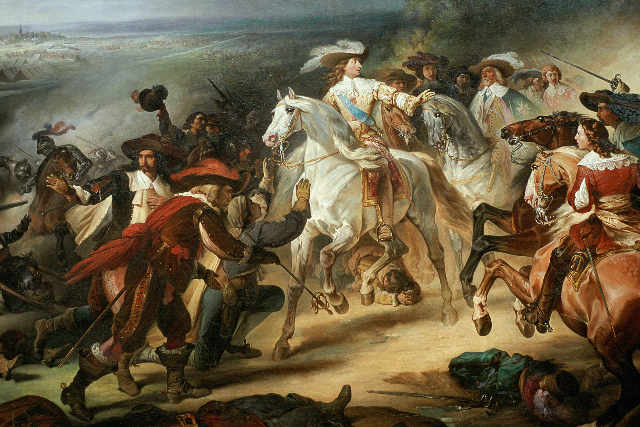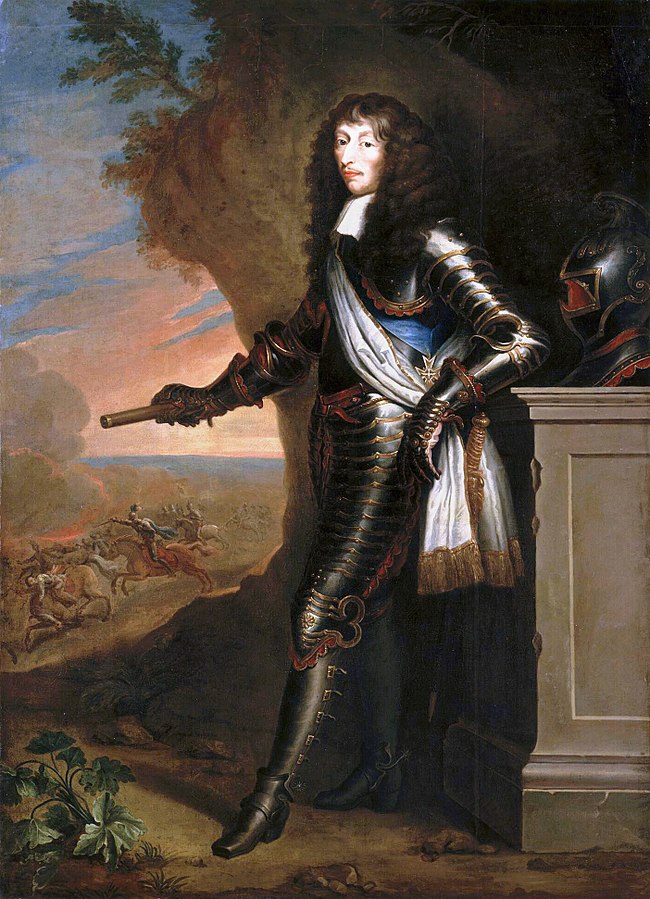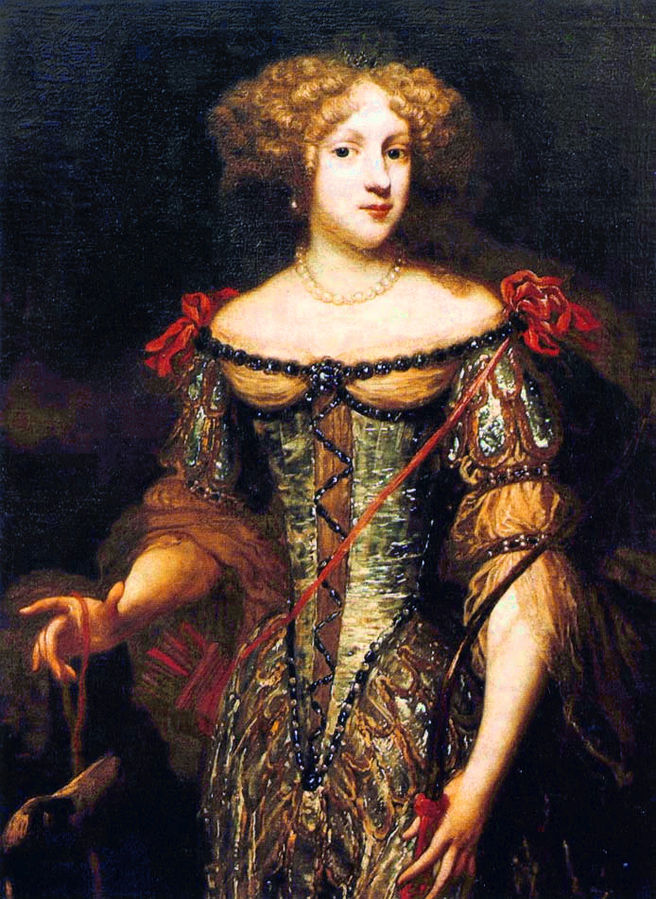From his infancy up to his sixty-fourth year of his age, Monsieur le Prince had lived in entire forgetfulness of all duties of religion. He was never seen near the altar. He took pleasure in scoffing at the most sacred mysteries; and in Holland he had wished to take the atheist Spinosa into his service.
The example of the Duchess de Longueville, who in 1679 crowned twenty-seven years of repentance by a truly Christian and holy death, aimed the first blow at his incredulity. He was still more shaken by the conversion of his friend and relation, the Princess Palatine, who had herself said that the greatest of all miracles would be her conversion to Christianity. Struck by these examples, the Prince sought enlightenment in the society of such men as Nicole, Bourdaloue, and Bousset.

Battle of Rocroi, 19 May 1643, the duc d’Enghien ordering his troops to stop fighting the Spanish, who have come to him to surrender. For a free desktop wallpaper of this painting, click here!
At length, in 1685, he openly ranked himself amongst the faithful. This conversion of the hero, which had been long wished for, but long since despaired of, was a thunderbolt to unbelievers. Voltaire’s writings show how much he was exasperated by it: he hastens to declare, though without the smallest proof, that “the Prince’s mind had grown weak like his body, nothing was left of the Great Conde during the last two years of his life.” Thus intolerant is impiety.
Short Stories on Honor, Chivalry, and the World of Nobility—no. 674











